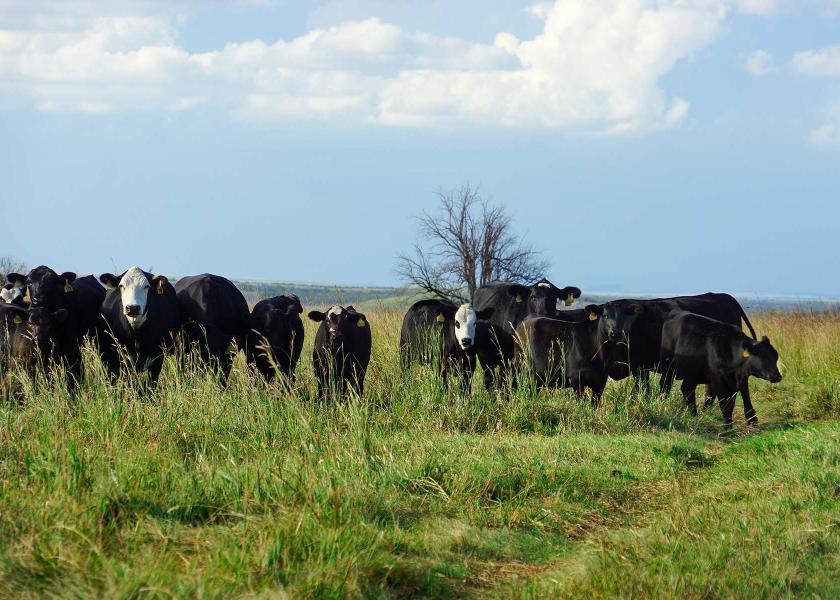Nalivka: Bragging rights are in order!

John Nalivka is president of Sterling Marketing, Inc., Vale, Oregon.
Earlier this month I wrote about key beef industry economics. First, and as a follow-up, I think in the current situation of consumers faced with less-than-full supermarket meat cases and high prices it is important to emphasize the factors that have created this situation - labor constraints in packing plants and distribution delays due to trucking on the supply chain. It is not total built capacity creating the problem.
Another issue closely related to capacity is efficiency – both from the standpoint of production and cost. In analyzing this topic, data is important and I have plenty to provide industry analysis and create interesting charts. However, I am a firm believer that more often than not, simplicity is usually the best way to make an important point. I think most issues regarding markets have gone the route of getting caught up in the data with the end result being plenty of numbers, tables, and charts, but losing the point of the analysis.
Getting back to the point at hand – telling the story of beef production efficiency and starting with the cowherd. In January 2020, there were about 93 million head of cattle in the U.S. whose calves utilizing U.S. forage and grain in 2021, together with cull cows from that herd, produced a record 28 billion pounds of beef in 2021. That equates to a record 687 pounds of beef produced for every cow in the U.S. herd. In addition, and from that U.S. produced beef, we will export an estimated and record high 3.5 billion pounds of U.S. beef.
In comparison to 2021 and nearly 50 years ago, the U.S. cattle herd in 1975 was tallied at a record 132 million head. From that record size cattle herd, the industry produced 26 billion lbs. of beef the following year or 451 lbs. of beef per cow and a stark difference from today! In 1976, U.S. beef exports totaled 87 million lbs. and 40 times less than the amount in 2021!
Production efficiency is key to sustainability including profitability, both at the ranch and for the industry as a whole, but that production efficiency doesn’t end at the ranch gate. It is dependent on a viable and efficient supply chain with all parties acting in cooperation going forward. As the comparison between today and 50 years ago illustrates, the story is about efficient use of capacity (the cowherd) not just capacity. Bragging rights are in order but the work has not ended!







